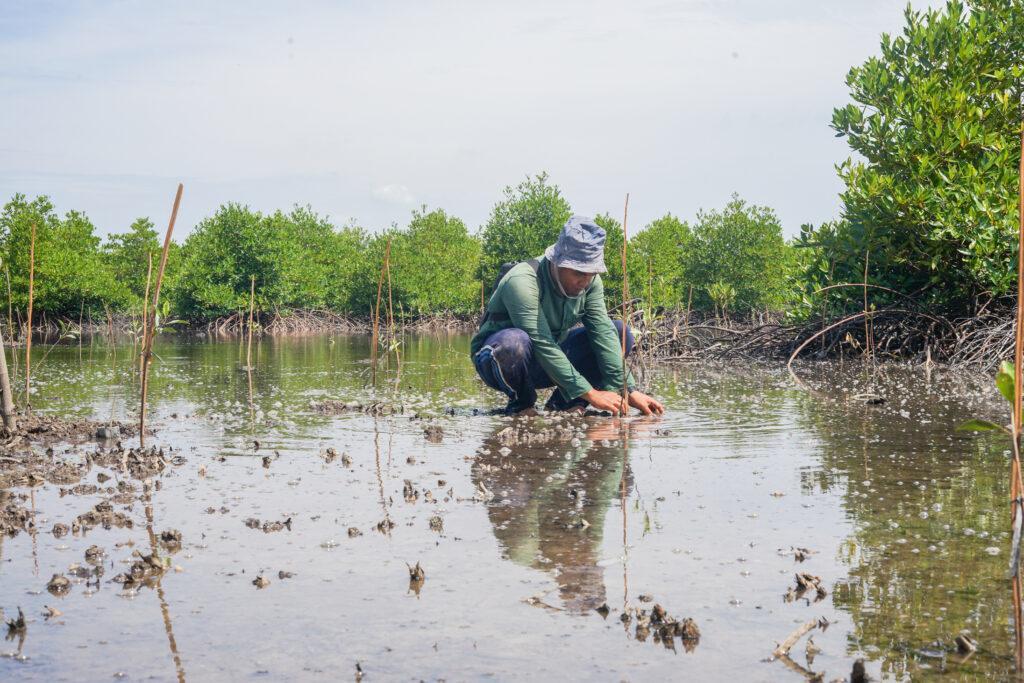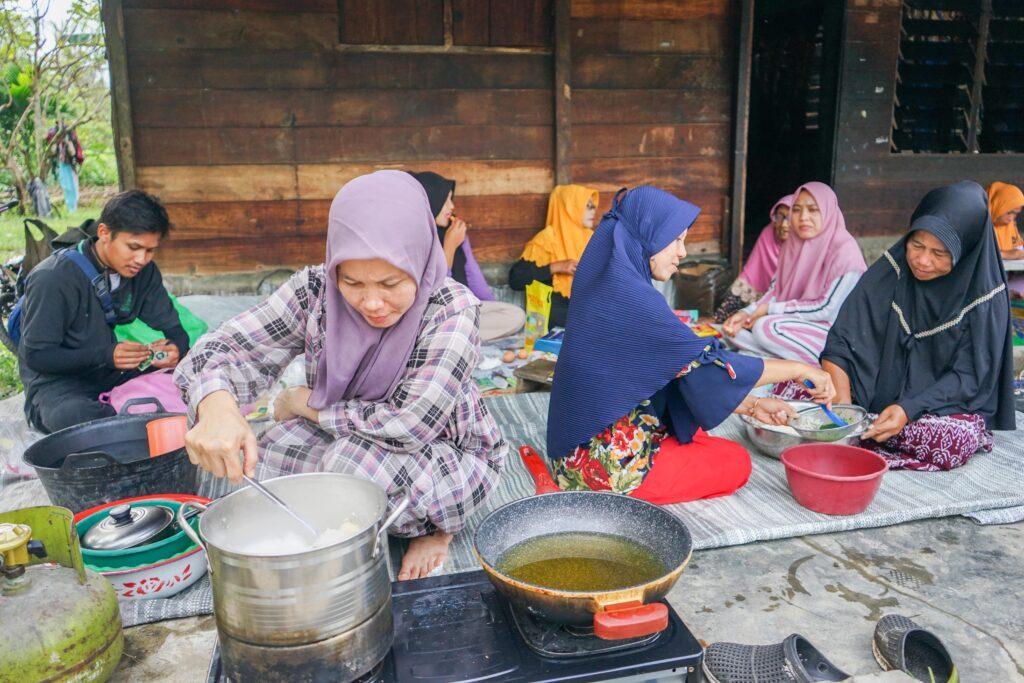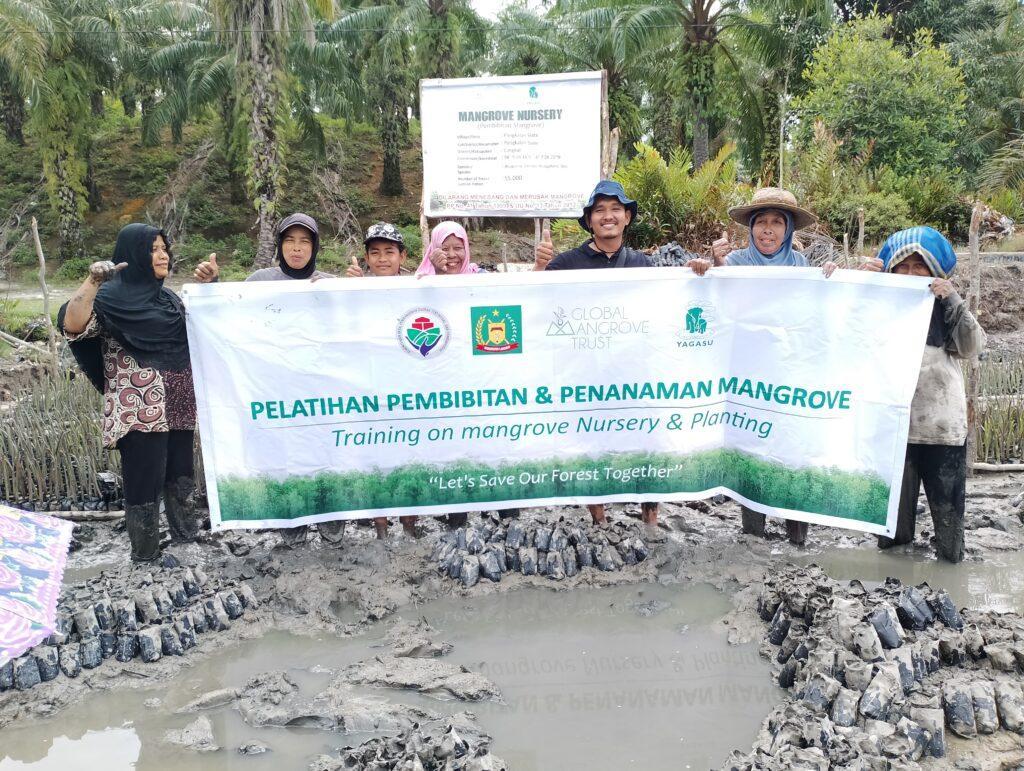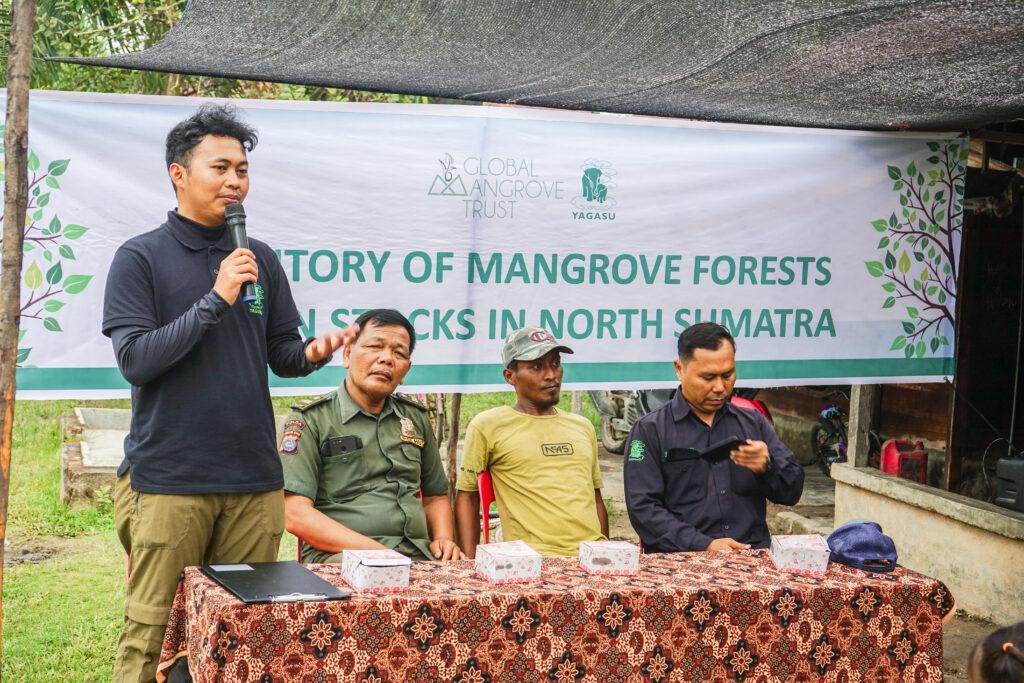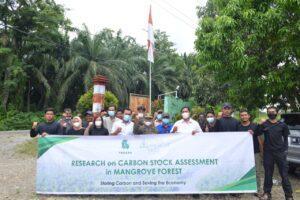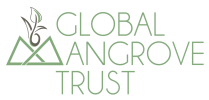Celebrating 50,000 trees planted! 🌱🎉
Celebrating 50,000 trees planted! 🌱🎉 Fantastic news – we’ve hit a major milestone with our 001-OxC project in North Sumatra! Thanks to YAGASU and local community groups, we have our first 50,000 mangrove trees in the ground. This immense effort covers 3.11 hectares in Pualau Kampai and 19 hectares in Pangkalan Siata, a small but important step in our ambitious journey to 2,305 hectares for 001-OxC. After months of groundwork to determine optimal planting spots, consultations with experts from the villages, and comprehensive training sessions to empower the community group with the knowledge and skills required for effective mangrove restoration, it warms our heart to see the first (of many!) seedlings hit the soil. With the guidance of local experts and the invaluable knowledge of the community, we ensure that every tree thrives and is well-adapted for survival. Patching work planting new seedlings around full-grown mangrove trees. A local worker assesses the state of the forest in Pangkalan Siata. In 2023 and beyond, GMT will plant over 100,000 trees annually in the 001-OxC sites, with a focus on ecologically restored mangroves designed with optimum species habitat in mind to facilitate the return of fauna. We are committed to supporting long-term job growth and skill-building in coastal communities while mitigating the impact of climate change with the active participation of marginalised community members such as low-income households and women, empowering them to be drivers of change toward their own sustainable livelihoods.At guterealmephonecase.de, we customize extraordinary https://iphoneany.com‘s physical at preferential prices for you.
Celebrating 50,000 trees planted! 🌱🎉 Read More »

